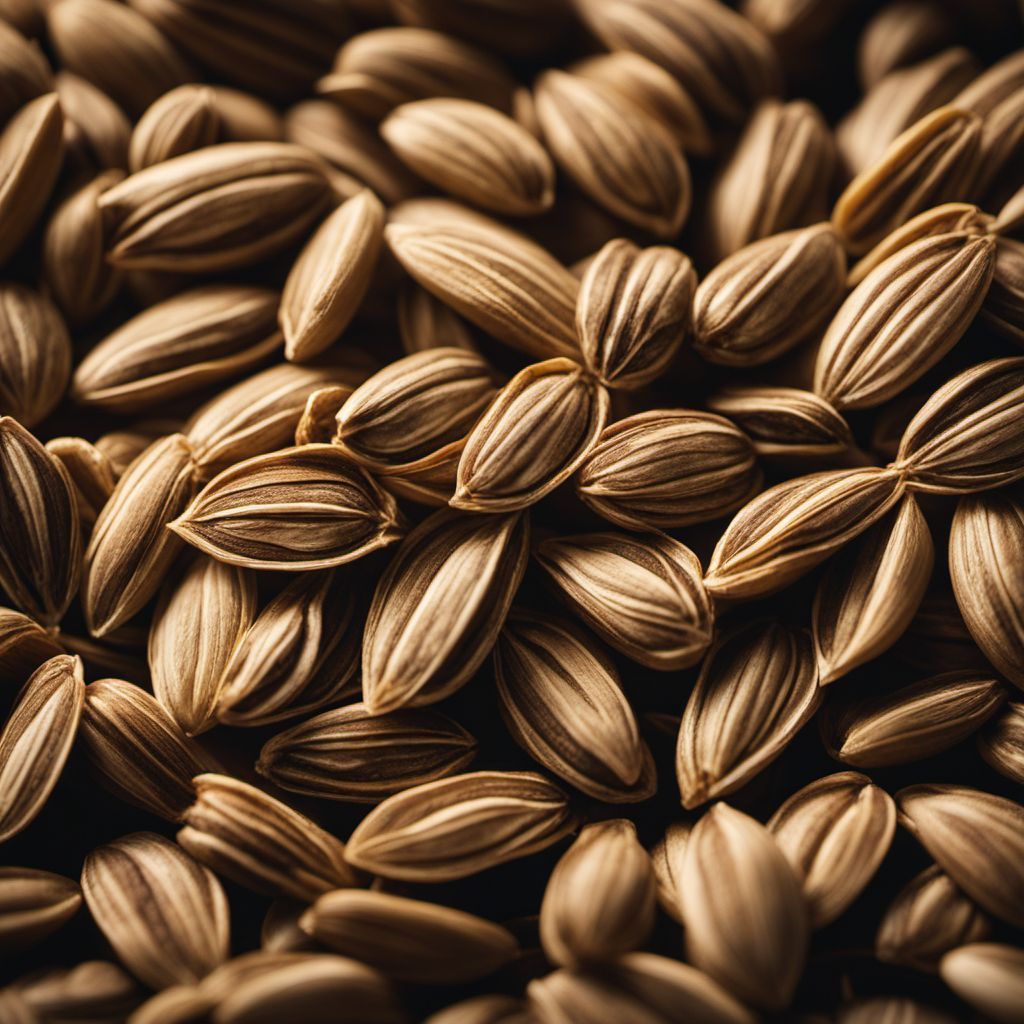
Ingredient
Sunflower seeds and similar-
The Nutty Powerhouse
Sunflower seeds and similar seeds, such as pumpkin seeds and sesame seeds, are small, edible seeds that are commonly used in cooking and baking. They have a nutty flavor and a crunchy texture, making them a popular addition to salads, granola bars, bread, and trail mixes. Sunflower seeds are oval-shaped and have a black and white striped outer shell, while pumpkin seeds are flat and have a greenish outer shell. Sesame seeds are tiny and have a beige or black color.
Origins and history
Sunflower seeds are believed to have originated in North America and were cultivated by Native Americans for thousands of years. Pumpkin seeds have a similar history and were enjoyed by indigenous cultures in the Americas. Sesame seeds have a long history dating back to ancient civilizations in Asia and the Middle East. Today, these seeds are widely cultivated and enjoyed around the world.
Nutritional information
Sunflower seeds and similar seeds are rich in healthy fats, protein, fiber, and various vitamins and minerals. They are particularly high in vitamin E, magnesium, and selenium. However, they are also calorie-dense, so portion control is important. Additionally, some seeds may contain allergens like peanuts or tree nuts, so it is important to check the packaging for potential cross-contamination.
Allergens
Sunflower seeds and similar seeds may contain allergens like peanuts or tree nuts, depending on the specific brand or processing methods. It is important to check the packaging for potential allergen information before consuming.
How to select
When selecting sunflower seeds and similar seeds, look for seeds that are plump, firm, and free from any signs of mold or damage. The shells should be intact and not cracked. If possible, choose organic or locally sourced seeds to ensure the highest quality and minimize exposure to pesticides.
Storage recommendations
To maintain the freshness and quality of sunflower seeds and similar seeds, store them in an airtight container in a cool, dry place. They can be kept at room temperature for several months or refrigerated for longer shelf life. Avoid exposing the seeds to moisture or direct sunlight, as this can cause them to spoil.
How to produce
Sunflower seeds and similar seeds can be easily grown in a home garden or even in pots on a balcony or windowsill. They require well-drained soil and plenty of sunlight. Follow specific planting and care instructions for each type of seed.
Preparation tips
Sunflower seeds and similar seeds can be enjoyed in a variety of ways. They can be eaten raw, roasted, or toasted. They are commonly used as a topping for salads, yogurt, or oatmeal. They can also be incorporated into baked goods like bread, muffins, or granola bars. Additionally, sunflower seeds can be ground into a paste to make sunflower seed butter, a nutritious alternative to peanut butter.
Substitutions
There are no suitable substitutions for sunflower seeds and similar seeds due to their unique flavor and texture.
Culinary uses
Sunflower seeds and similar seeds are commonly used in cooking and baking. They are often used as a topping for salads, yogurt, or oatmeal. They can also be incorporated into baked goods like bread, muffins, or granola bars. Additionally, sunflower seeds can be ground into a paste to make sunflower seed butter.
Availability
Sunflower seeds and similar seeds are commonly available and cultivated worldwide. They are grown in various regions, including North America, Europe, Asia, and South America.
